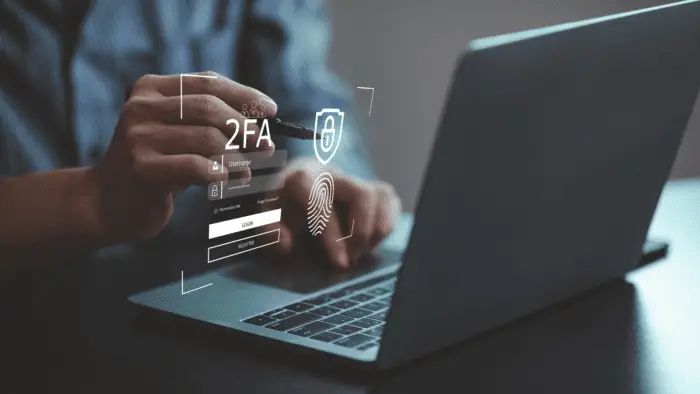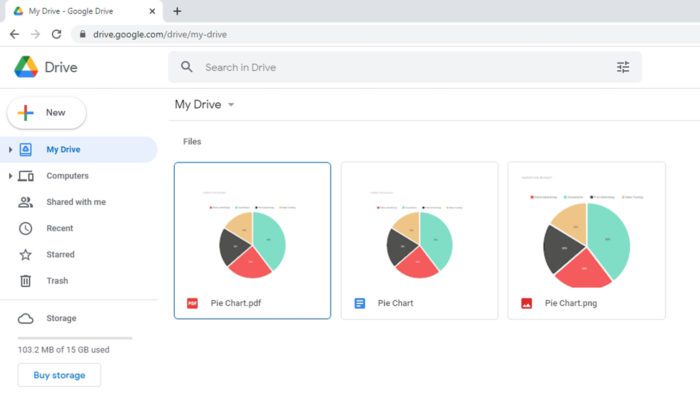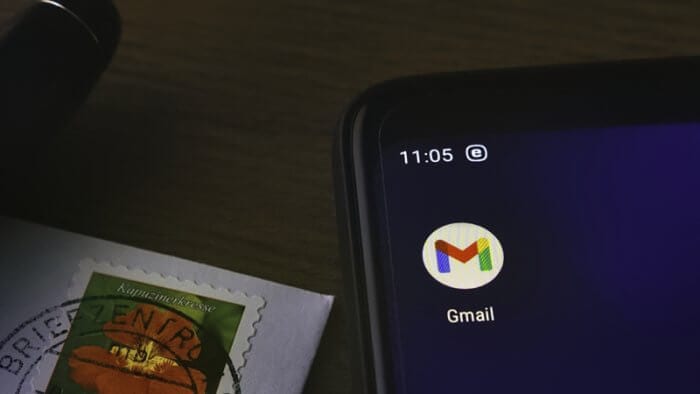In today’s digital landscape, safeguarding sensitive information has become increasingly critical due to the persistent threat of cybercrime. Traditional password-based authentication methods have demonstrated their inadequacy in addressing evolving security challenges. This is where Multi-Factor Authentication (MFA) emerges as a good solution, offering an additional layer of defense to protect digital identities. Let’s explore the significance of MFA, examining its role and profound impact on cybersecurity.
Table of Contents
Defining Multi-Factor Authentication
Multi-Factor Authentication is a security practice that needs users to provide two or more forms of verification before granting access to an system or account. Unlike conventional passwords, which rely solely on user knowledge, MFA integrates additional factors such as possession of a device or biometric data, like fingerprints or facial recognition.
Components of MFA
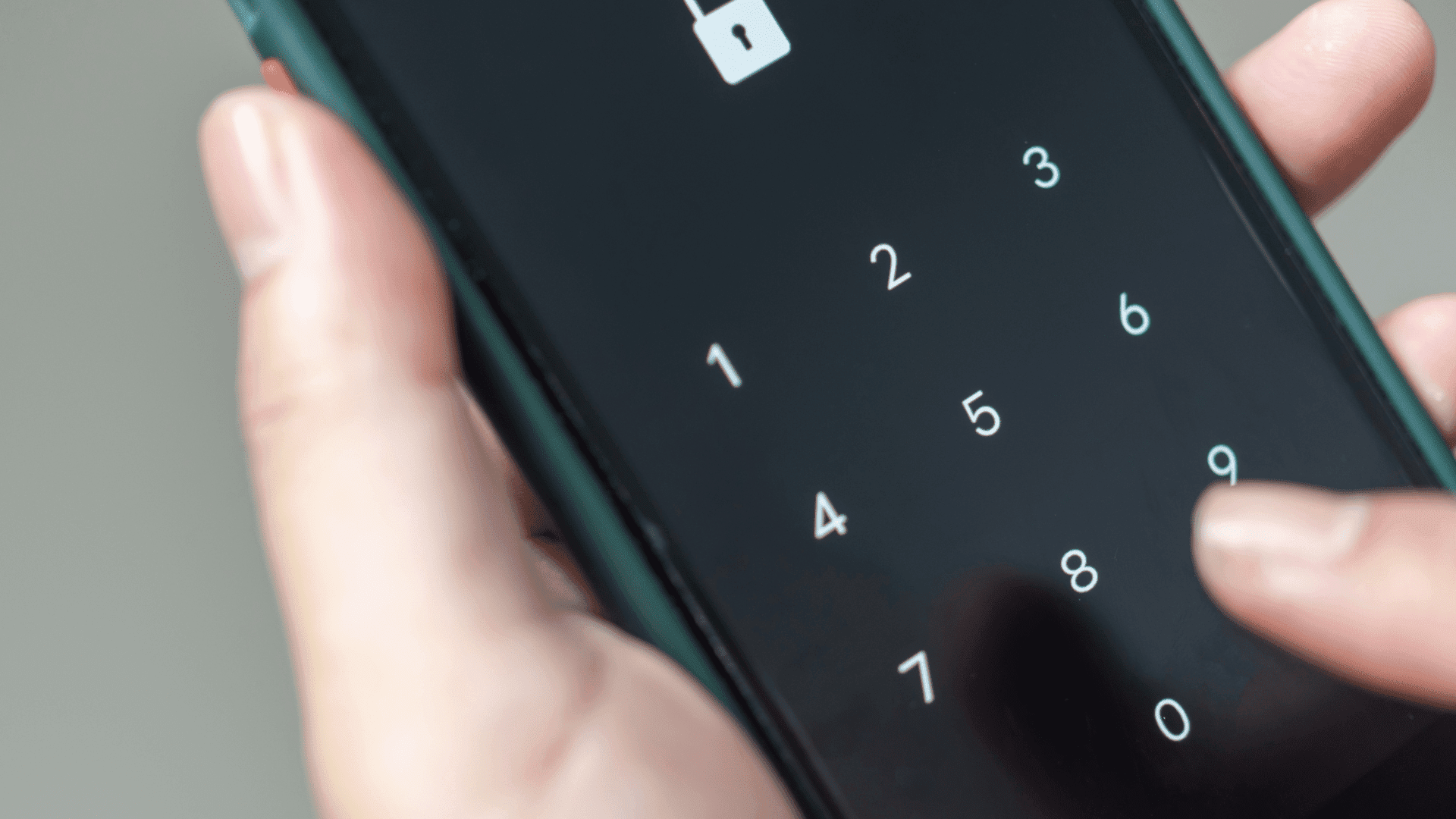

MFA typically consists of three primary components:
Something You Know: This includes passwords, PINs, or security questions – a traditional form of authentication, which can be easy for others to guess.
Something You Have: This could be a smartphone, a physical token, or a smart card – a tangible item that the user possesses for identity verification, which can be harder for others to break into.
Something You Are: Biometric factors like fingerprints or facial scans fall into this category – unique biological traits used for authentication which are unique and extremely difficult to copy and fool biometric authentication systems.
Enhanced Security and Risk Reduction
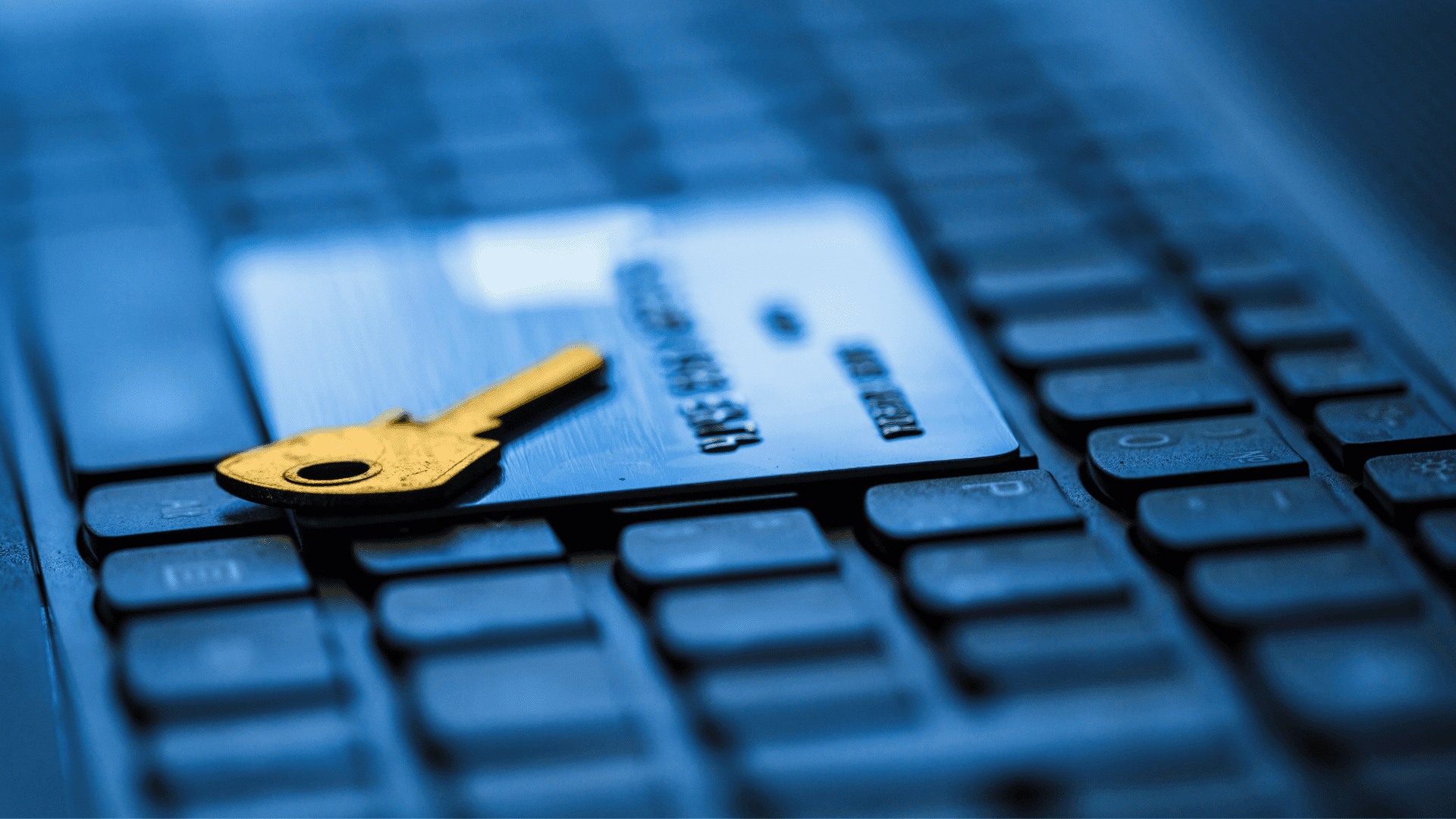

MFA’s primary role is to bolster security by mitigating the risk of unauthorized access. Requiring multiple factors for authentication significantly reduces the likelihood of successful cyber attacks, even if one factor is compromised. This layered approach makes it exceedingly difficult for hackers to gain illicit access to sensitive accounts or systems. Many industry standards mandate or recommend MFA implementation, such as WatchGuard Online, to protect sensitive information and mitigate the risks of data breaches.
Countering Password-Based Threats
Password-based attacks, including phishing and brute force attacks, remain prevalent in the digital realm. MFA serves as a robust defense mechanism against such threats. Even if hackers obtain a user’s password, they face substantial barriers to access without additional authentication factors.
User Experience and Convenience
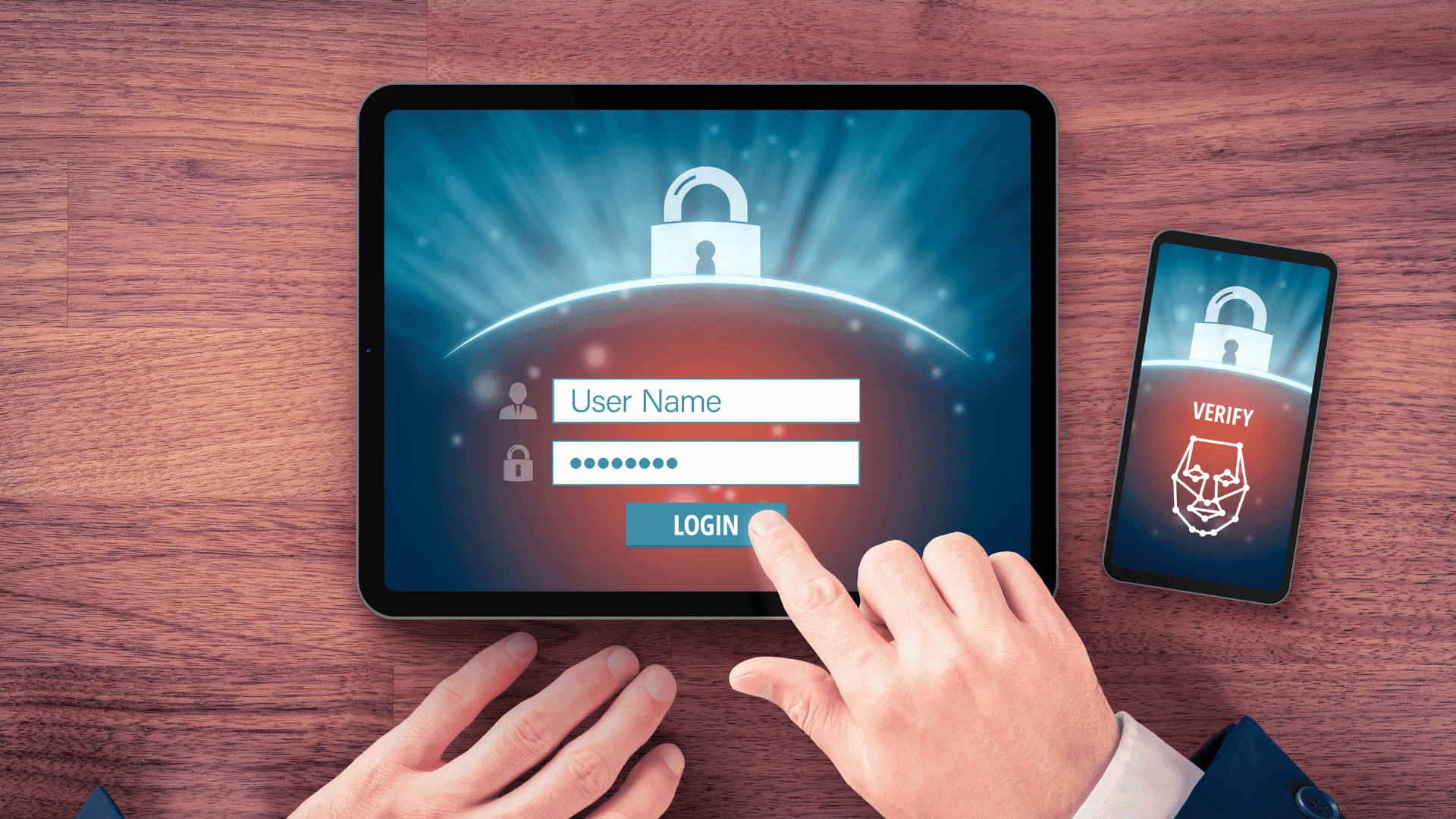

While prioritizing security, MFA also considers user experience and convenience. Technologies such as push notifications, biometric authentication, and one-time passcodes streamline the authentication process, ensuring users can access their accounts swiftly and securely.
Regulatory Compliance and Industry Standards
With the increasing emphasis on data privacy and cybersecurity regulations, MFA has become integral to compliance frameworks such as GDPR, HIPAA, and PCI DSS. Numerous industry standards mandate or advise the implementation of MFA to safeguard sensitive information and mitigate the risks of data breaches. Neglecting to adopt sufficient security measures, such as MFA, can lead to substantial fines and reputational harm.
Conclusion
Multi-Factor Authentication plays a pivotal role in contemporary cybersecurity strategies. By augmenting traditional passwords with additional layers of verification, MFA significantly enhances security, reduces the risks of unauthorized access, and facilitates compliance with regulatory requirements. As cyber threats continue to evolve, robust authentication mechanisms like MFA are indispensable for safeguarding digital assets and fostering user trust.
